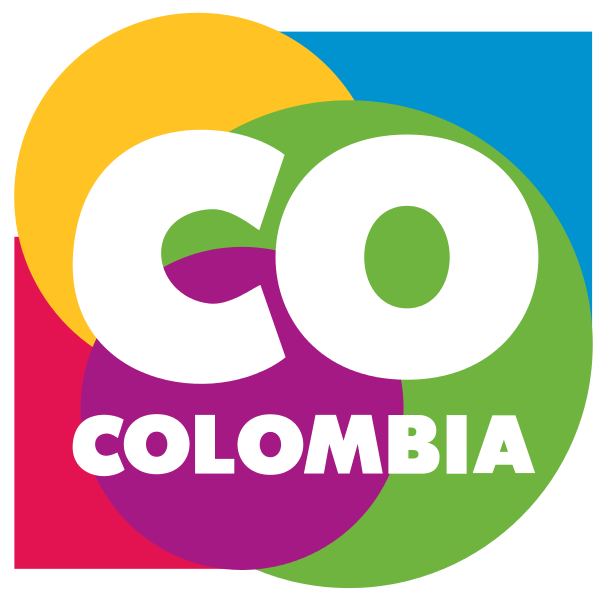¿Cómo definir a las Humanidades Digitales? ¿O no definirlas?
Main Article Content
Abstract
References
Acaso, María (2013). rEDUvolution. Hacer la revolución en la educación. Madrid: Paidós. Alvarado, Rafael. (2011). The Digital Humanities Situation. Obtenido desde http://transducer.ontoligent.com/?p=717 Ballarini, F., Martínez, M.C., Díaz Perez, M., Moncada, D., y Viola, H. (2013). “Memory in Elementary School Children Is Improved by an
Unrelated Novel Experience”. PLoS ONE, 8(6), e66875. doi:10.1371/ journal.pone.0066875. Benayoun, M. (2011). The dump: 207 hypothèses pour un passage à l’acte. USA: FYP Editions. Bentham, J. (1995). The Panopticon Writings. Londres: Verso.. Berry, D. M. (Ed.). (2012). Understanding Digital Humanities. Londres: Palgrave Macmillan. Buchanan, M. (2003). Nexus: Small Worlds and the Groundbreaking Theory of Networks. New York: W. W. Norton & Company. Christakis, N., y Fowler, J. (2010). Conectados. El sorprendente poder de las redes sociales y cómo nos afectan. Barcelona: Taurus. Cotter, Holland. (2008, Julio 6). Buddha’s Caves. New York Times. Debord, Guy. (2008). La sociedad del espectáculo. Sevilla: Edición Doble J. Doorley, Scott, et al. (2011). Make Space: How to Set the Stage for Creative Collaboration. New York: Willey & Sons. Engelbart, Douglas (1962). Augmenting human intellect: A conceptual framework. SRI Summary Report AFOSR-3223. Finkel, D. (2008). Dar la clase con la boca cerrada. Valencia: Universidad de
Valencia. Gold, M. K. (Ed.). (2012). Debates in the Digital Humanities. Minnesota: University of Minnesota Press. Golombek, Diego. (2003). Cronobiologia humana en busca del tiempo perdido. Ritmos y relojes biológicos en la salud y en la enfermedad. Buenos Aires: Prometeo. Lanier, J. (2011). You are Not a Gadget: A Manifesto. New York: Vintage
Books. Laszlo Barabasi, A. (2002). Linked: The New Science Of Networks Basic Books. New York: Perseo. McCarty, Willard. (2005). Humanities Computing. Basingstoke. UK: Palgrave Macmillan. Manovich, Lev. (2013). Software Takes. Command. Londres: Bloombsbury Academic. Murray, Janet. (1997). Hamlet on the holodeck. The future of narrative in cyberspace. New York: New York Free Press. Murray, Janet. (2011). Inventing the Medium: Principles of Interaction Design as a Cultural Practice. Massachusetts: The MIT Press. Piscitelli, Alejandro (2011). El Paréntesis de Gutenberg. La religión digital en la era de las pantallas ubicuas. Buenos Aires: Santillana. Ramsay, Stephen (2011). Reading Machines: Toward an Algorithmic Criticism. Illinois: University of Illinois Press. Schreibman, S. S., y Ray Unsworth, J. (Ed.). (2008). A Companion to Digital
Humanities. Oxford: Wiley-Blackwell. Seung, Sebastián. (2013). Connectome: How the Brain’s Wiring Makes Us Who We Are. New York: Mariner Books. Solé, Ricardo. (2009). Redes Complejas, del Genoma a Internet. Barcelona: Tusquets. Watts, D. J. (2004). Six Degrees: The Science of a Connected Age. W. W. New York: Norton & Company.
APA
ACM
ACS
ABNT
Chicago
Harvard
IEEE
MLA
Turabian
Vancouver
Download Citation
A partir de la edición No. 46 del año 2024 hacia adelante, se cambia la Licencia Creative Commons “Atribución—No Comercial – Sin Obra Derivada” a la siguiente:
Atribución - No Comercial – Compartir igual: esta licencia permite a otros distribuir, remezclar, retocar, y crear a partir de tu obra de modo no comercial, siempre y cuando te den crédito y licencien sus nuevas creaciones bajo las mismas condiciones.



